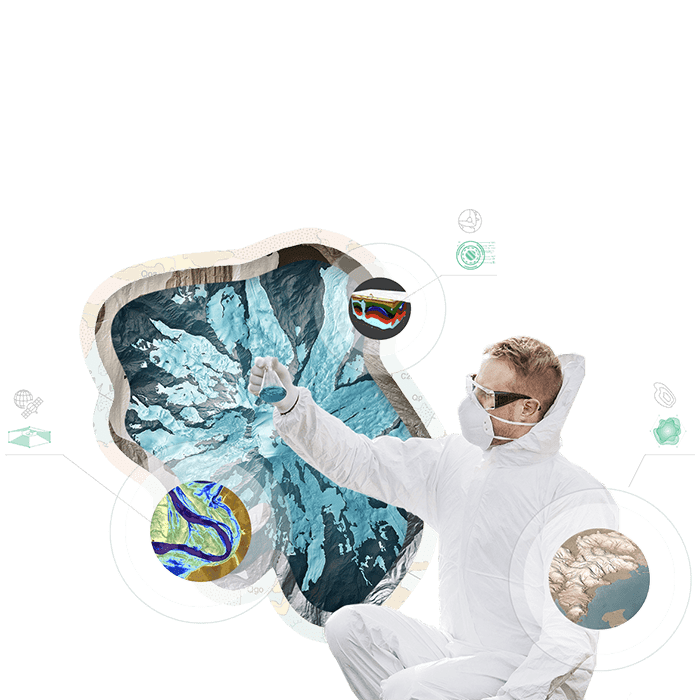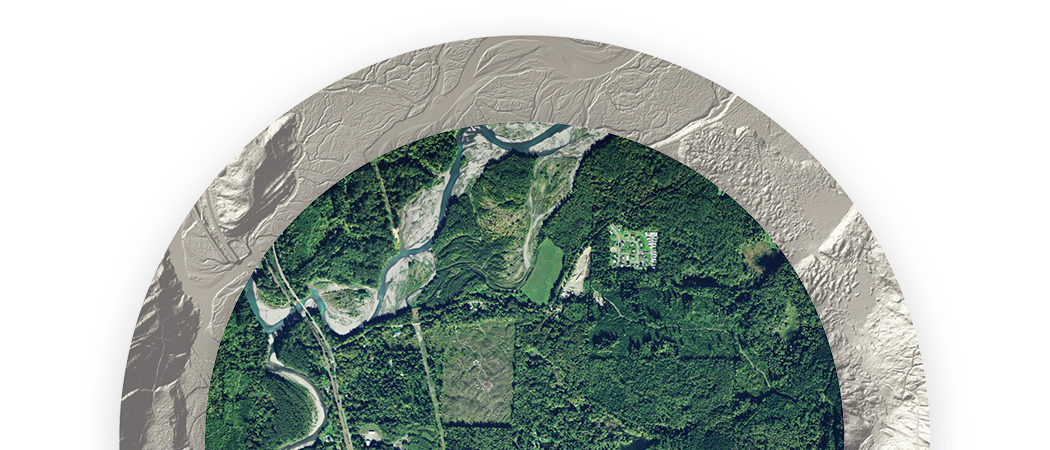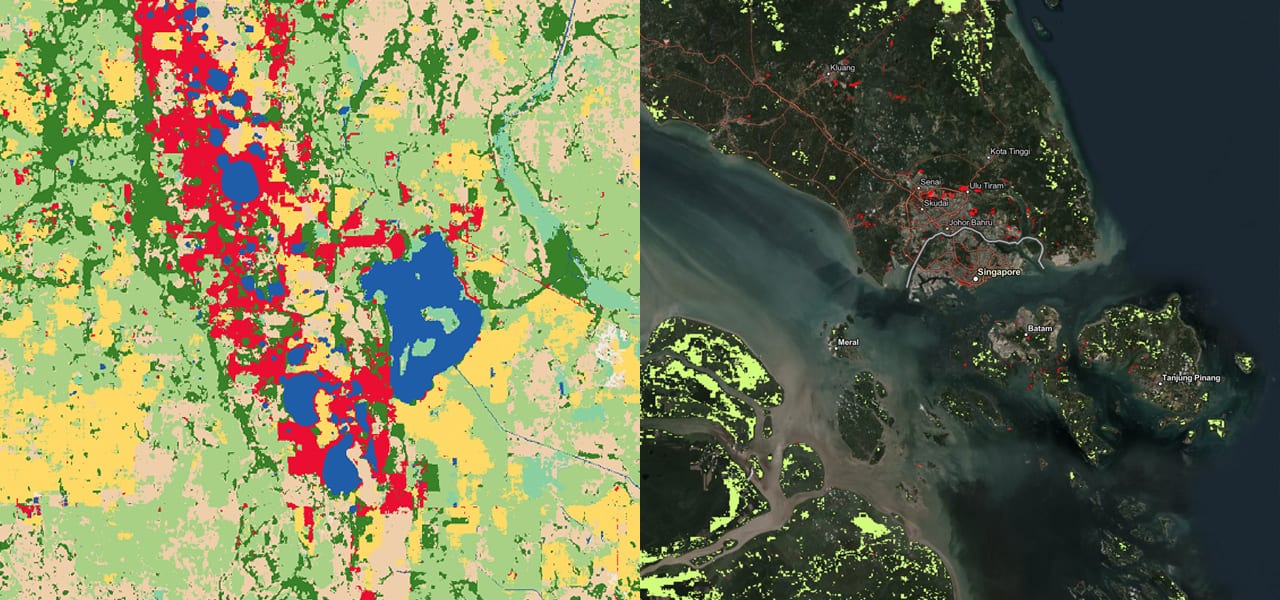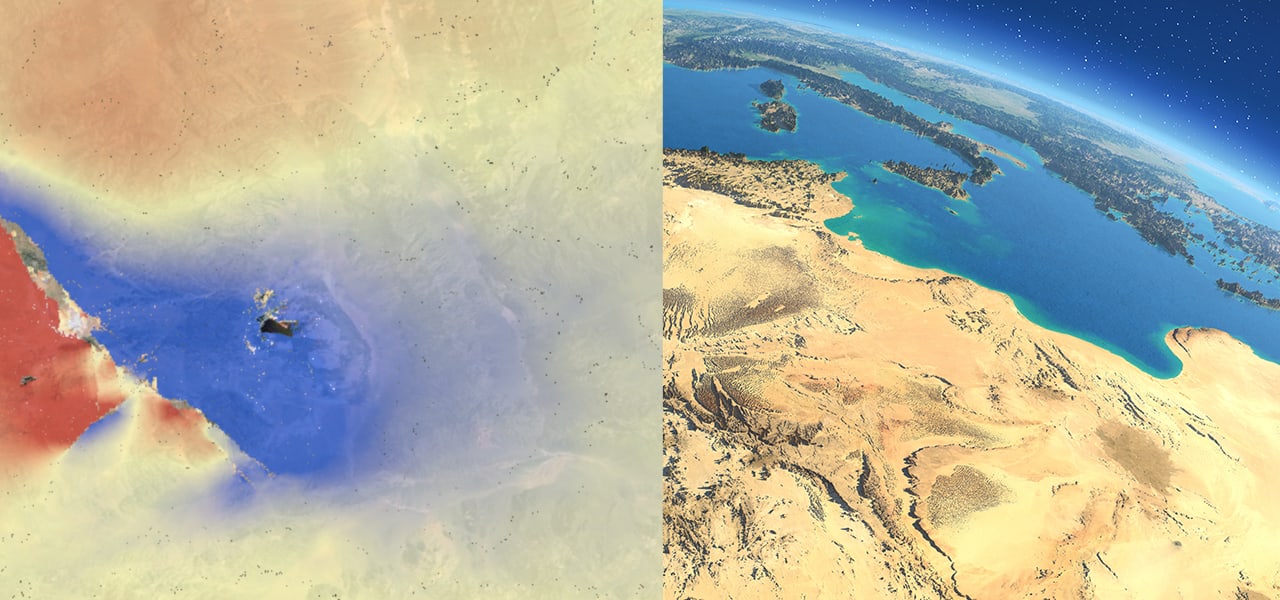By way of reliable, verifiable spatial analysis and visualization, GIS helps solid earth scientists, such as geologists, ecologists, foresters, agricultural scientists, and terrestrial conservation biologists, answer a myriad of questions about spatial patterns and what process is responsible for those patterns. GIS is also a modern platform for the open sharing of data and compelling science communication at many scales: individual researchers, lab workgroups, multiple departments, multiple universities, university-to-agency collaborations, and citizen engagement.









